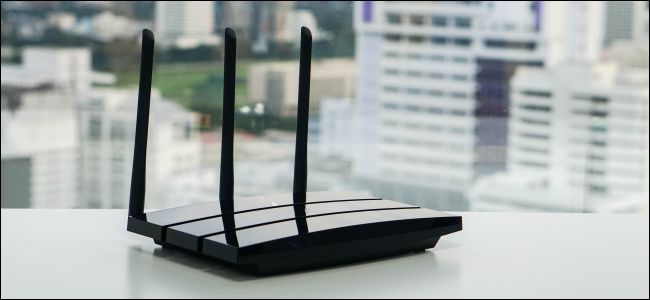How to See All Your Saved Wi-Fi Passwords on Windows 10

Windows remembers every Wi-Fi password you7;ve ever used. That7;s how it reconnects to those networks. Here7;s how you can view the saved password of any network you7;ve ever connected to on your Windows PC.
Download NirSoft7;s WirelessKeyView
You can view saved passwords with built-in command-line tools in Windows, but we recommend NirSoft7;s free WirelessKeyView application. It7;s a lightweight tool you don7;t even have to install to use2;just download it, open the ZIP file, and then double-click the included EXE file (if you have file extensions hidden, open the ;WirelessKeyView; application file). You7;ll then see a list of saved network names and their passwords stored in Windows.
Update: Some antivirus programs may say WirelessKeyView is malware. That7;s a false positive, if so2;we7;ve never had issues with NirSoft7;s free utilities. Unlike many modern Windows programs, they don7;t even contain adware.
The ;Network Name; column shows the name of the Wi-Fi network2;in other words, its SSID. To find the password associated with a network, look under the ;Key (Ascii); column for that network name. This is the password you type to connect to that network.
To back up this information, you can select File > Save All Items. You7;ll get a text file containing this information, so you can take it with you to a new PC or store it for later.

Use the Command Line
Windows 107;s standard Control Panel only lets you see the password of the Wi-Fi network you7;re currently connected to. If you don7;t want to download third-party software, you7;ll have to use command line tools to discover this information.
To find a password on Windows without third-party software, open a Command Prompt or PowerShell window. To do this, right-click the Start button or press Windows+X, and then click ;PowerShell.;
Run the following command to see the list of saved network profiles on your system:
netsh wlan show profiles

Look for the name of the network you need the password for, and then run the following command, replacing ;NETWORK; with the name of that network:
netsh wlan show profile name="NETWORK" key=clear
Look under ;Security Settings; in the output. The ;Key Content; field displays the Wi-Fi network password in plaintext.

Repeat this process for each Wi-Fi network you want to find the password for.
If you don7;t have it saved in Windows, there are many other ways you can find a forgotten Wi-Fi password, including on another device (like a Mac), in a router7;s web interface, or even printed on the router itself.